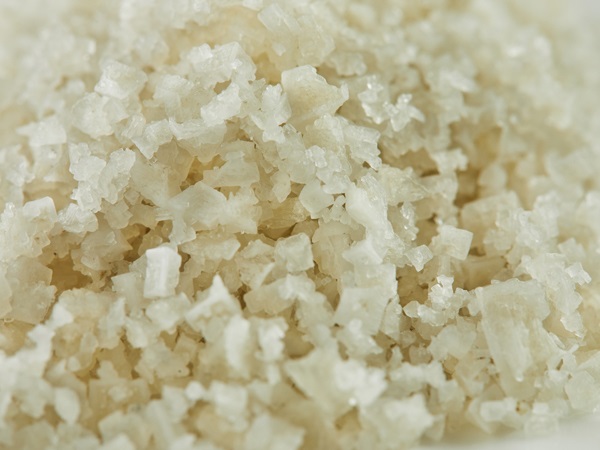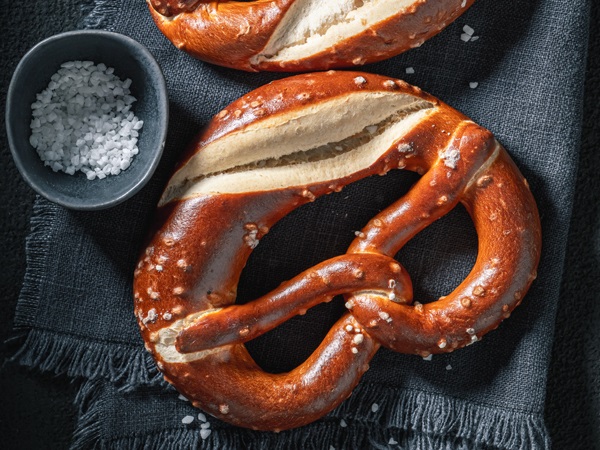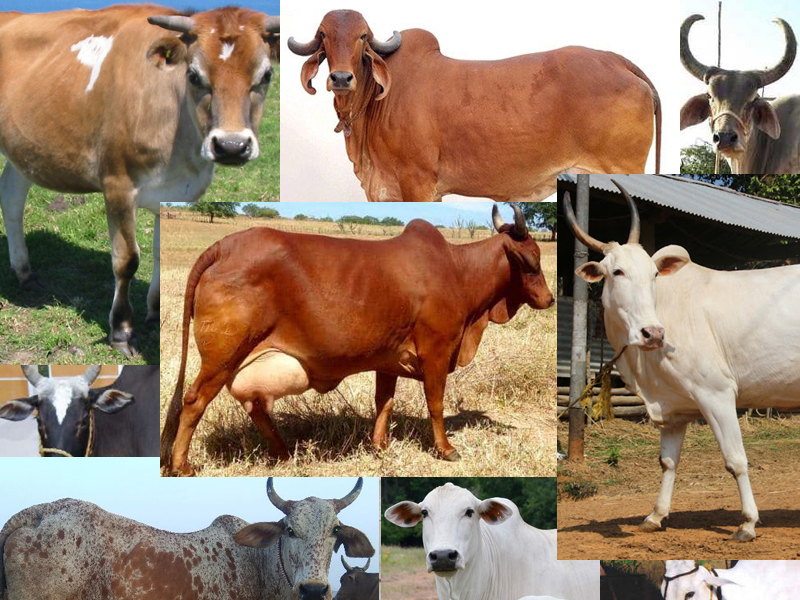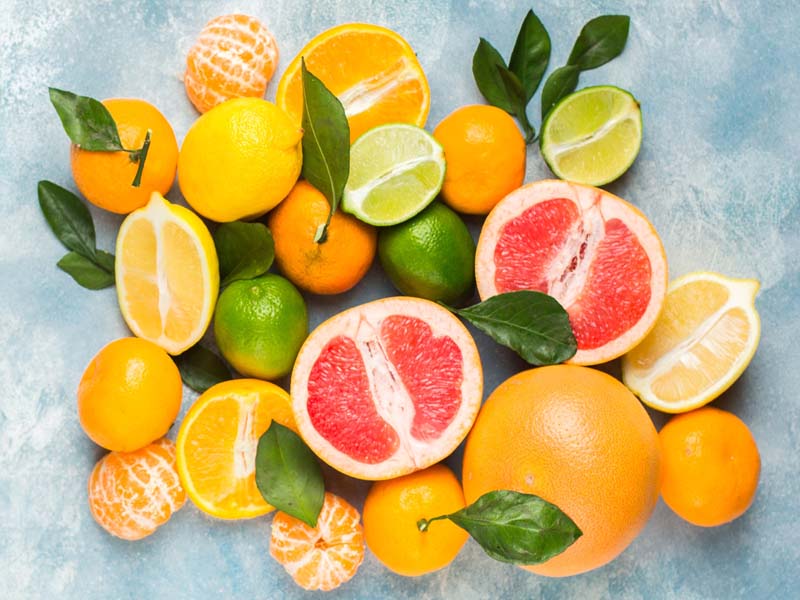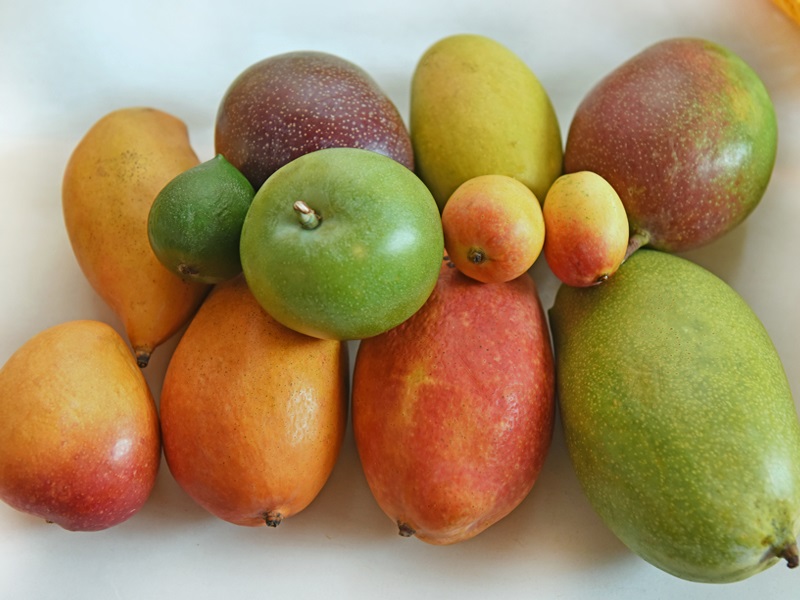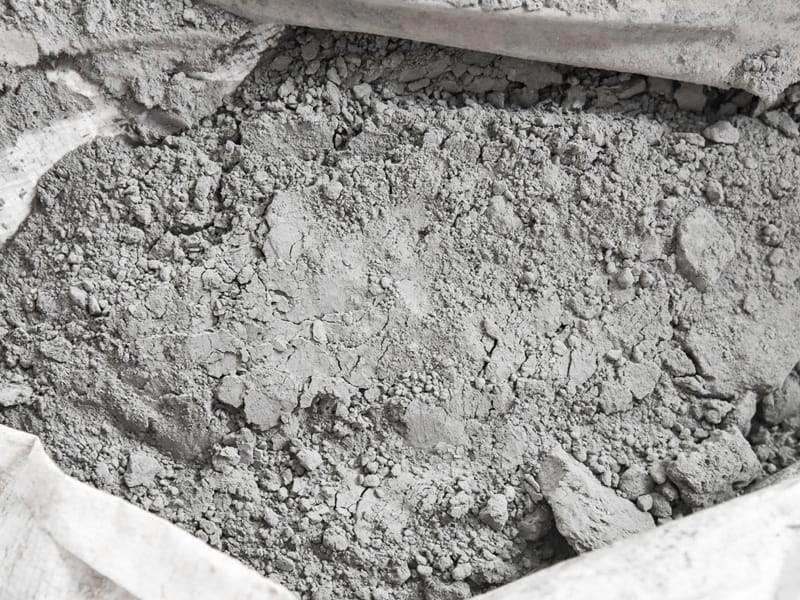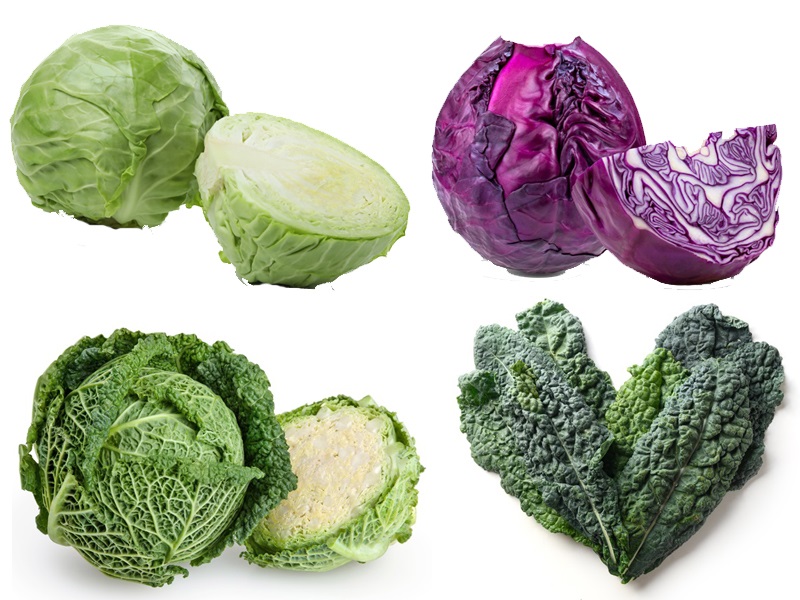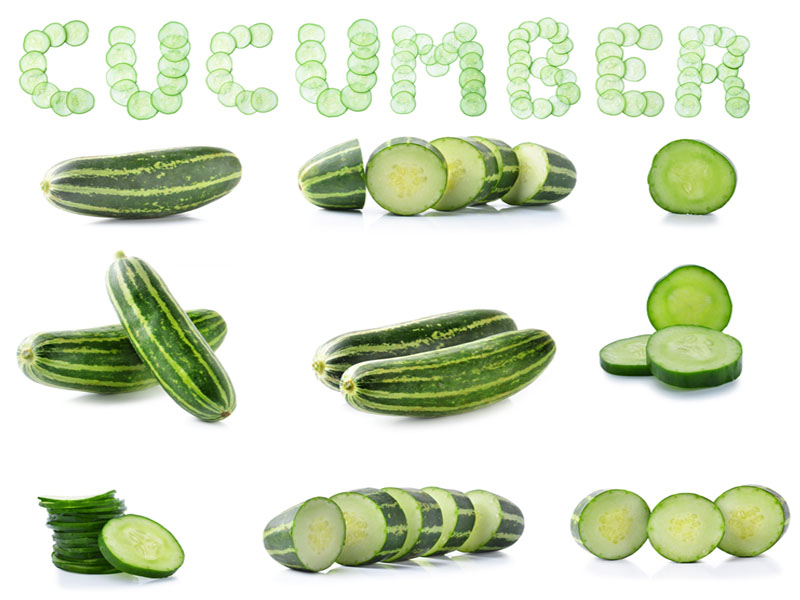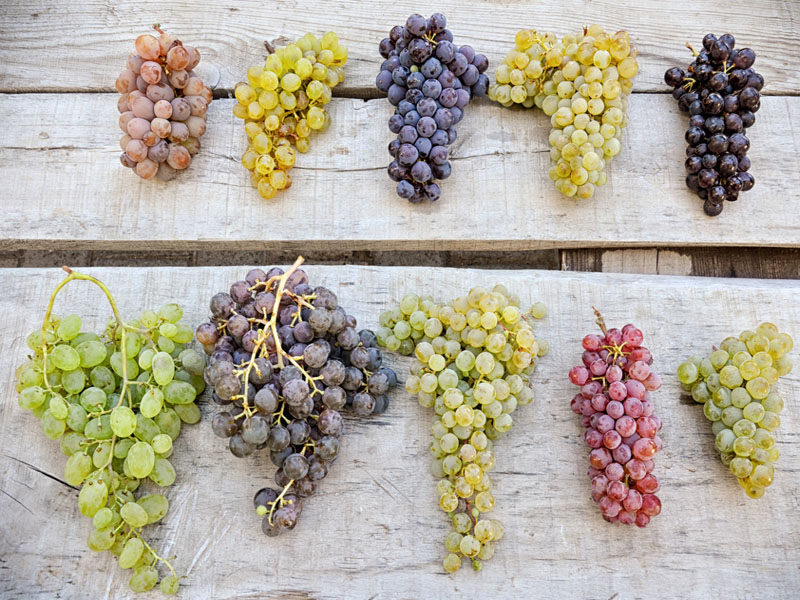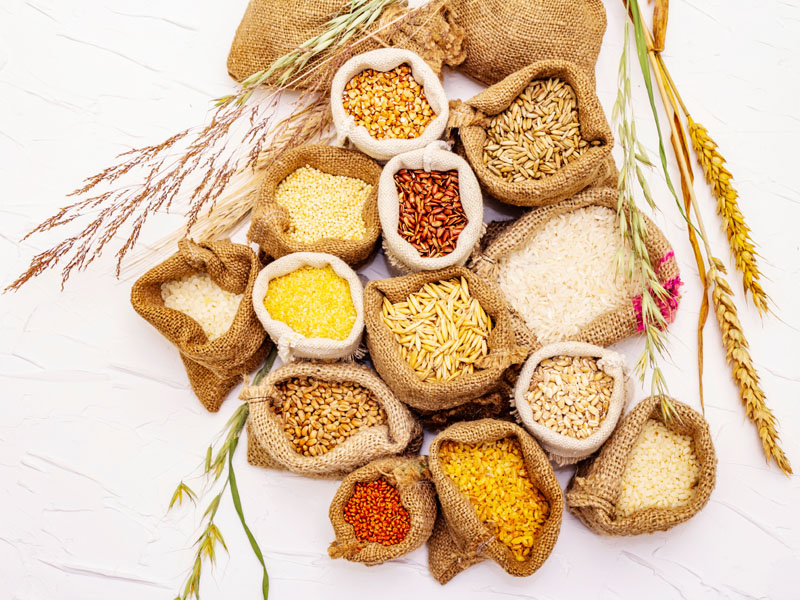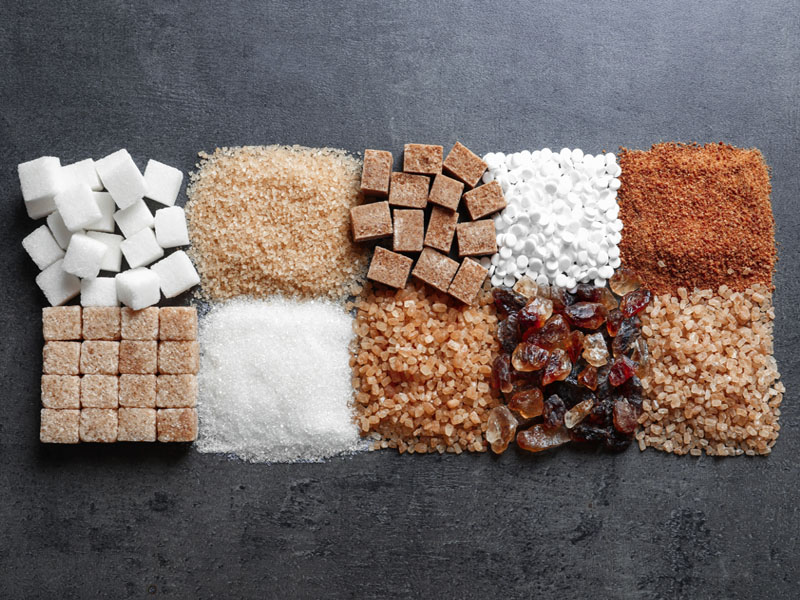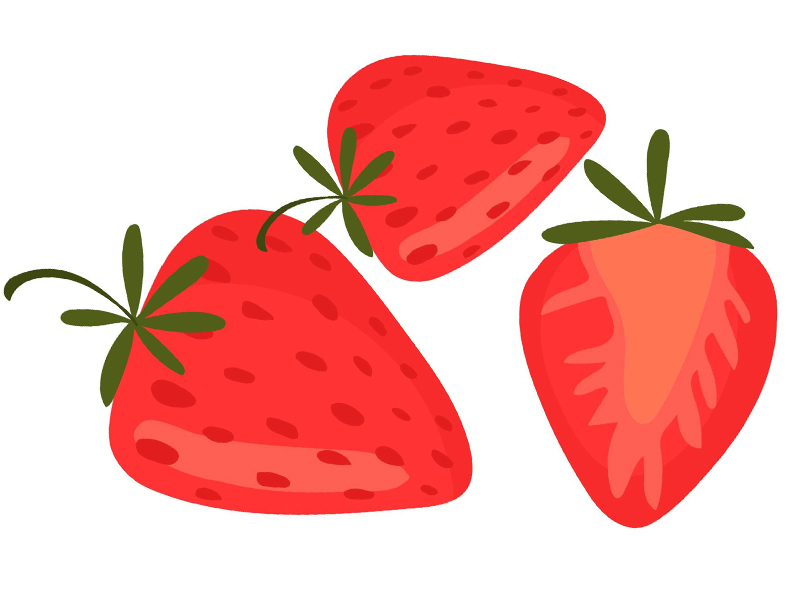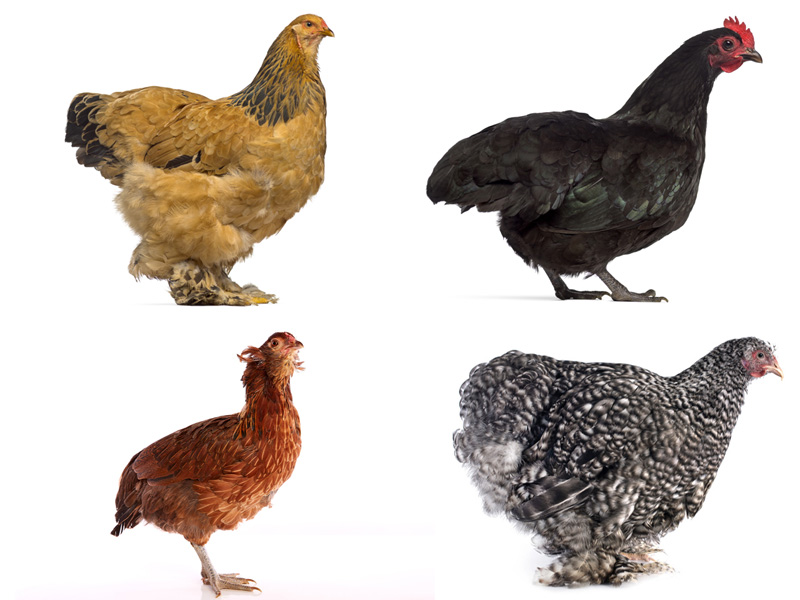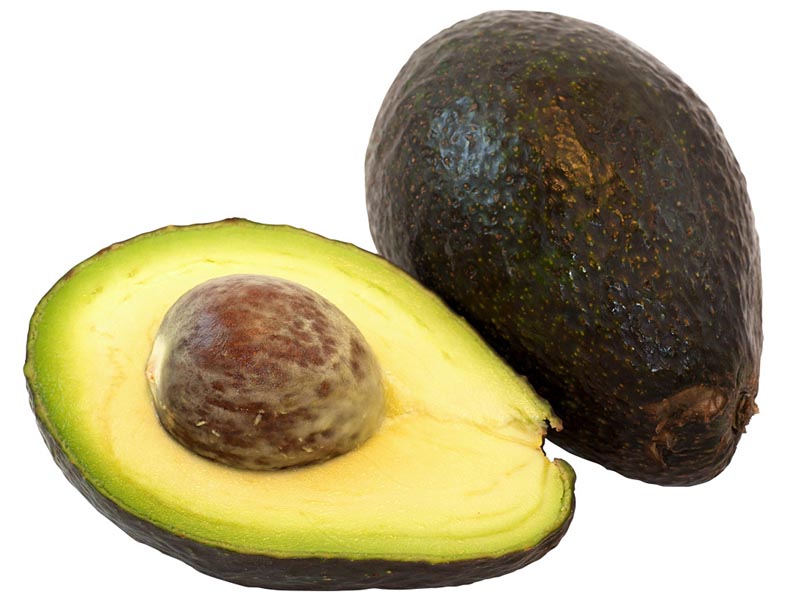Can you imagine your food without salt? No! salt has been treasured throughout culinary history because it is an essential seasoning. Although it was an expensive ingredient once upon a time, it is readily available and dirt cheap. There are several types of salts with specific culinary applications, each with its unique characteristics. Whether it is a salt which is commonly used and cheap or the one which is expensive and exotic, this article gives you information about all the different types of salts in detail. Read on!
What is Salt & Its History:
Salt is also called Sodium chloride by its chemical formula or table salt. It is made of sodium and chloride ions, creating an ionic compound, sodium chloride. Humans have efficiently used salt for seasoning and food preservation for thousands of years. The seasonal availability of food is also made possible with the help of salt. In the past, salt was considered a currency and used as a trade because it was often difficult to obtain. Therefore, the availability of salt played an essential role in any civilization throughout history.
15 Popular Types of Salts:
We have presented you with a list of some of the popular types of salts available all over the world with unique characteristics:
1. Kosher Salt:
A coarse-grained salt that is lighter and cleaner compared to ordinary salt is called Kosher salt. This type of salt adheres to foods and makes spice rubs and seasoning blends. This is because it has larger crystals and is free of additives. Compared to table salt, Kosher’s salt has larger crystals making it half as salty by volume. Therefore you should use twice the amount of Kosher salt if you are substituting Kosher salt in a recipe. But make sure you use volume measurements like cups and tablespoons to do this conversion with recipes that call for kosher salt.
2. Sea Salt:
The salt produced by evaporating seawater is called sea salt, hence the name. Different varieties come under sea salt. The flavours from the trace elements and the place where they are produced give each of these salts its characteristics. Different types of sea salts can take the form of flakes, fine crystals, or coarse crystals, depending on where they are produced. Local minerals and even algae play a role in giving the types of sea salts their colours.
The conversion between sea salt and other salts in recipes can be unreliable because of the variation in flavour and texture. Therefore, rather than being used as a seasoning, sea salt is generally better used as a garnish or condiment.
Read Also: Different Types of Soup
3. Smoked Salt:
As the name suggests, the creation of smoked salt is done by smoking salt for up to two weeks with woods like alder, apple, hickory or mesquite. The length of time smoked and the type of wood determines the flavour and colour of the smoked salt. You can add a variety of any dish by infusing different flavours into the salt. A pinch of smoked salt is a perfect option, whether for the grill or over fish. Using herbs or spices, you can also form other flavoured salts such as chipotle salt, truffle salt and rosemary salt. Smoked salt is best to be used as a finishing salt.
4. Red Hawaiian Salt:
The mixture of iron oxide-rich volcanic clay with sea salt results in the Red Hawaiian salt, which has a nutty flavour. The striking red colour of the Hawaiian salt is a perfect option for garnishing on the finished dish rather than during cooking.
5. Black Hawaiian salt:
The addition of activated charcoal with sea salt is called Black Hawaiian salt, which has a strong and earthy flavour. This salt adds a beautiful flavour when added to the finished dishes.
6. Fleur de Sel:
Fleur de Sel is similar to Celtic sea salt, which comes specifically from the shallow pools in the French of Brittany and is harvested from evaporated seawater. This salt must be harvested by hand and only forms in specific weather conditions. It is used exclusively as a garnish or condiment; it is rare and expensive, costing upwards of 30 dollars per pound. This salt causes the saltiness to stay on the tongue longer because it is a moist and quite sticky salt.
7. Celtic Salt:
Celtic sea salt also called sel gris, which means ‘grey salt’ in French, is harvested from the Atlantic tidal ponds off the coast of France. When the seawater evaporates, the minerals are left behind to give the salt its grey colour. Whether it is grilled meat, seafood, or roasted vegetables, it works best as finishing salt.
8. Flake Salt:
Flake salt is another salt harvested from evaporated sea water similar to sel gris and fleur de sel, though with different textures and shapes. This salt has a bright taste and low mineral content with a light, thin and irregular shape. It is usually used as a finishing salt because of its high price.
9. Pink Himalayan Salt:
Harvested from the Khewra salt mine in the Himalayas mountains of Pakistan, Himalayan pink salt is the purest salt. This salt contains all 84 natural minerals in the human body and is easily recognizable because of its pink colour. This trendy salt is usually used for finishing dishes like salads, veggies, meat, or even to rim the cocktail glass because of its bold flavour and steep price tag.
10. Black Himalayan salt:
Black Himalayan salt is a reddish-brown salt created by cooling rock salt in a furnace for 24 hours with charcoal, herbs, seeds and bark. It is also called Kala Namak, which in Nepalese means “Black Salt.” This salt is commonly used in vega recipes to mimic the taste of eggs because its flavour and smell are distinctive, often described as similar to a soft-boiled egg.
11. Curing Salt:
Salt can draw out water from the foods because of its preservative properties. This property of salt is critical for curing poultry and meats. In addition, smoking is often done with some form of brining or curing because it is a form of preservation. Although salt has all these properties, salts are specifically tasked for curing, known as curing salts and brining salts.
For instance, adding a small amount of sodium nitrate to ordinary salt is called curing salt, which can combat botulism effectively. Cured meats like bacon, ham and corned beef are added with a pinkish colour with curing salts. Curing salt helps increase the shelf life and flavour of meats and vegetables, which is its sole purpose.
12. Pretzel Salt:
A coarse large-grained white salt of uniform size and with no additives is called the pretzel salt. The rectangular and flat shape of these grains ensures that they adhere to baked goods like bagels, focaccia, bread, hard rolls or pretzels. Hence the name.
13. Table Salt (iodized):
The common salt with small crystals designed to fit through the tiny holes in salt shakers is called table salt. You can also find this type of salt in food service packets and restaurant tables and on cylindrical boxes on grocery shelves. The table salt with the addition of iodine that helps prevent goitre disease is called Iodized salt. Table salt is widely used in baking, making the dough more elastic by reacting with the glutens in wheat.
14. Canning and Pickling Salt:
Salt made from pure granulated salt is called Canning salt. It doesn’t contain additives like iodine or anti-caking ingredients, which sets it apart from other salts. The texture of canning salt is another stand-out feature of this salt which quickly dissolves into brines because of the extra-fine granules. Because the canning salt doesn’t contain iodine, minerals or caking agent, it is used only for pickling.
15. Water Softener Salt:
As the name suggests, the salt used to soften hard water is also called water softener salt. The water with high mineral contents is often referred to as hard water, which can negatively affect all household items and appliances. A water conditioner or softener salt is usually used in a water purifier that stimulates ion exchange, eliminating the water’s hardness.
The minerals in the unfiltered water are exchanged with sodium ions with salt during the ion exchange process. This process makes the water soft by flushing out the hard minerals.
Interesting facts about salt:
Here are some of the facts about salt that might be interesting:
- Salt’s history dated back to 6050 BC and was used to preserve mummies in Egypt and as part of the religious offerings. In addition, the Mediterranean empire and the Phoenicians used salt as a valuable trading object.
- Around 2700 BC mentions, more than 40 types of salt, and the earliest study on pharmacology was published in China.
- One of the primary reasons for the French Revolution outbreak was the tax on salt. Because France was the primary salt producer, it applied a tax on salt.
- Salt was sprinkled on the stage before each performance to prevent evil spirits from casting a spell on the actors in Japanese theatres.
- One litre of sweat has 2.25 and 3.4 grams of salt, and our body, for every 40 kilos of weight, requires about 100 grams of salt.
- To get rid of excess salt from their body, sea turtles cry.
- In one litre of seawater, about 35 grams of salt, primarily sodium chloride.
According to recent scientific findings, many salt deposits on Mars were discovered.
If you want to broaden your culinary horizons and discover new taste sensations, experimenting with different types of salts is a fun way. In this article, we have given you all the details about the kinds of salts. Don’t forget to let us know if you found the article helpful!
Disclaimer:
The content presented in this article is based on research and not a replacement for a professional opinion. The website is not responsible for the authenticity and accuracy of the information.








